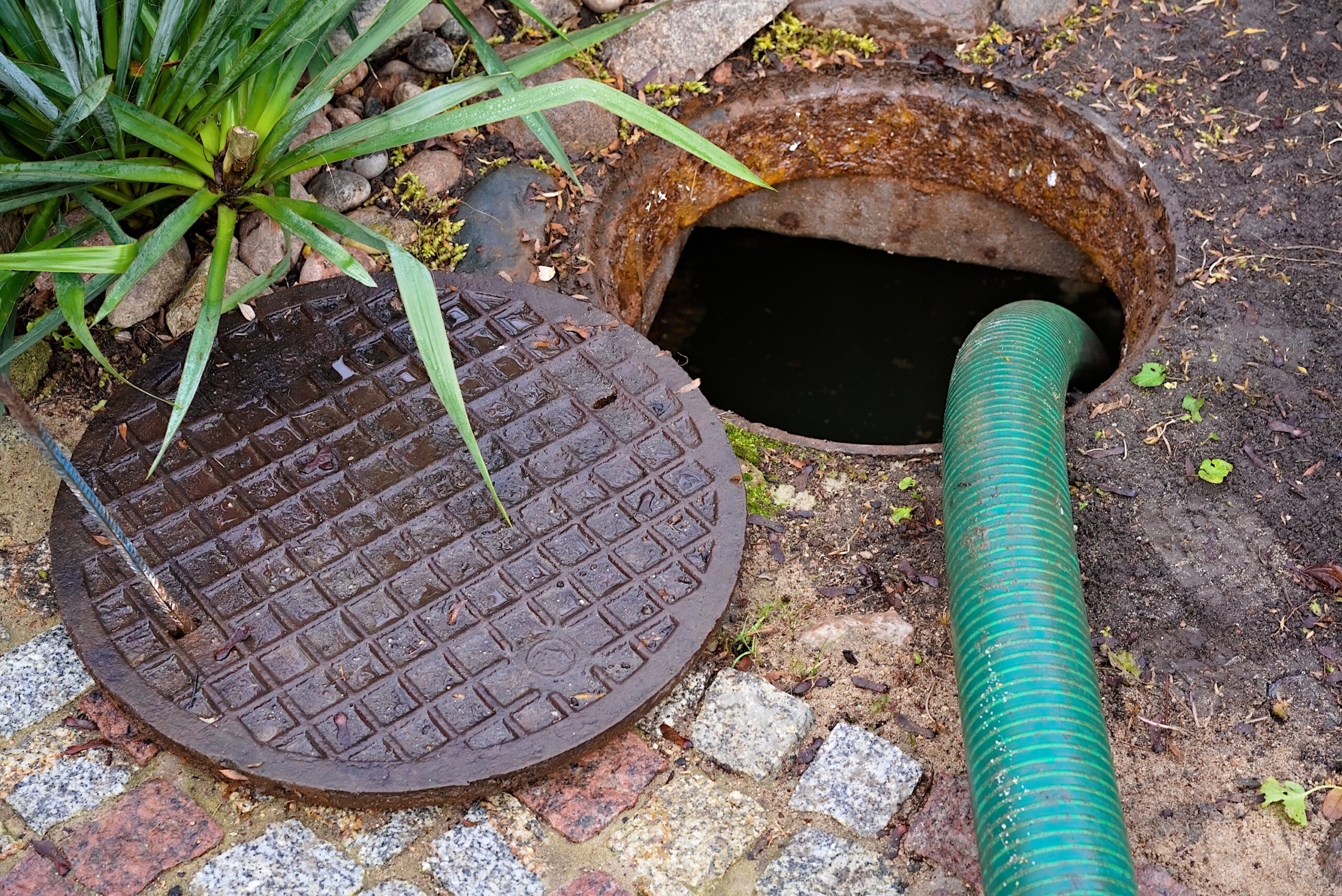Growing families and added responsibilities can present new challenges for many homeowners. One area that may be overlooked among these challenges is the home septic system. As tanks and drain fields age, they can become less efficient and more prone to failure. More people can put more stress on this vital home system and may accelerate the failure process for systems that are already experiencing difficulties.
Why Your Septic Tank Fails
Over time, a substance known as biomat builds up inside the average septic tank. This sludgy material is the result of inefficient decomposition by anaerobic bacteria inside the tank. In this airless environment, the breakdown of food, solid waste and other substances can be a slow process that may not keep up with the needs of the household. Biomat slowly accumulates within the tank until it is pumped away or until a more efficient system for decomposition is implemented.
Drain Field Issues
Biomat buildup can create serious problems in the septic system distribution box and may damage pipes and clog outlets throughout the drain field installation. In some cases, these blockages can lead to flooding of unremediated effluent around the drain field and serious problems with local health departments and environmental authorities. Broken pipes and failed drain fields can be costly to replace and may require added inspections throughout the process that can increase the costs even more.
The Effect of Increased Load
As your family grows, so does your overall water use. Showers, baths, wastewater and laundry needs can all put a serious toll on aging septic systems and can necessitate more frequent pumping and increased maintenance for overworked or undersized septic tanks. You may experience more frequent drain backups, slower draining and standing water around septic tanks and drain fields. Unpleasant odors may be present around these areas as well.
Creating a Workable Solution for Older Tanks
Homeowners have limited options when their septic systems become overloaded and overtaxed. Even frequent pumping can prove ineffective for older systems. Full septic tank and drain field replacements can cost thousands of dollars and require years of oversight by local health department officials. The best and most cost-effective way to increase the working capacity of your existing septic tank is to boost its efficiency from the inside out. Installing a septic aerator can provide significant increases in decomposition rates and remediation processes within the tank by providing a fertile environment for highly efficient aerobic bacteria. Aerobic decomposition processes remove up to 90 percent of organic particulates from wastewater inside the tank; this is in contrast with rates of 30 to 40 percent for their anaerobic counterparts.
Septic aeration systems like those available from Aero-Stream can often reverse the progress of common septic tank problems and can increase the functional capacity of your tank and drain field. By installing these cost-efficient systems at the first sign of septic tank overload, homeowners can preserve the longevity of their septic tanks and drain fields and can enjoy added years of use from their existing waste remediation systems.











